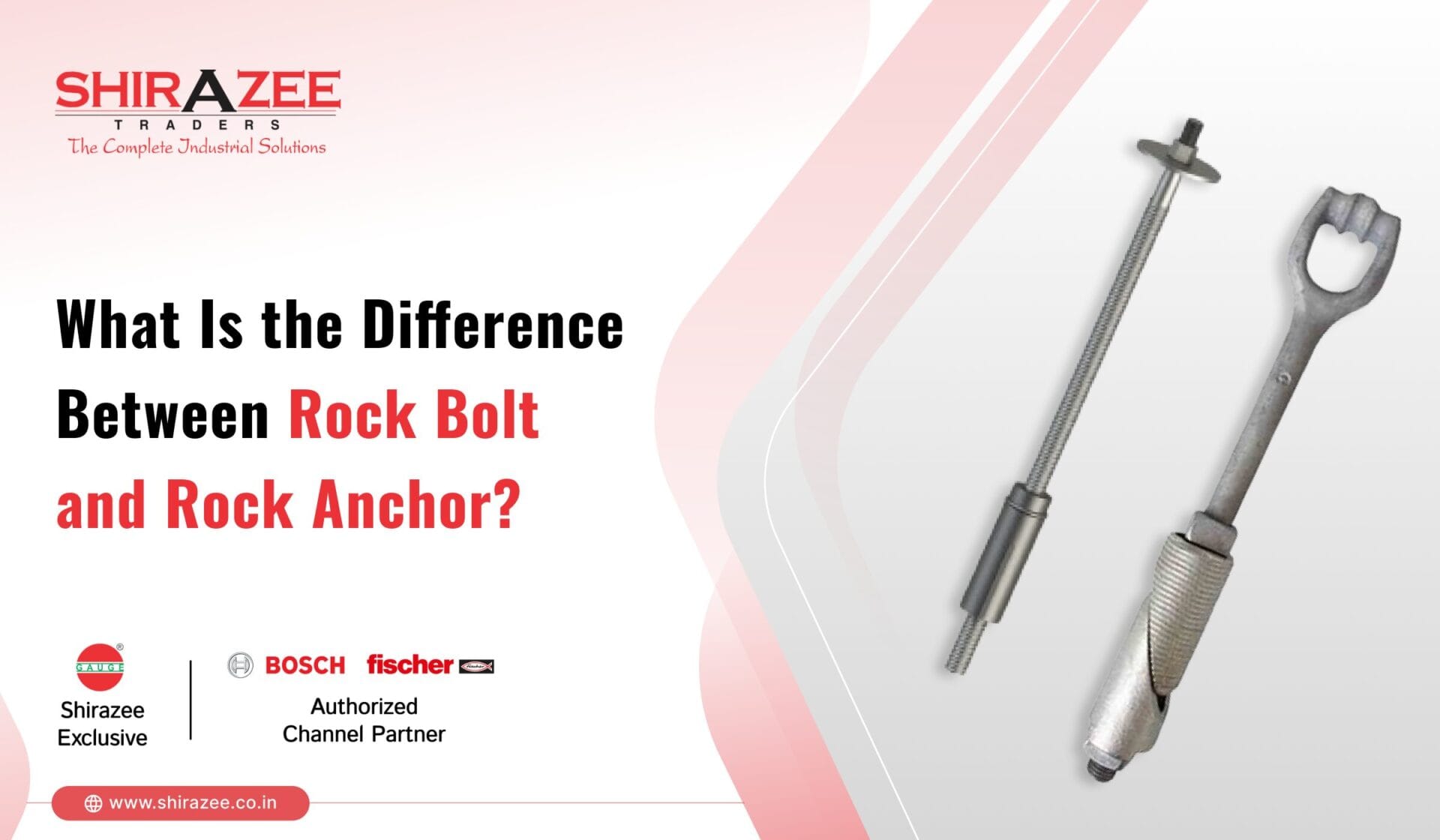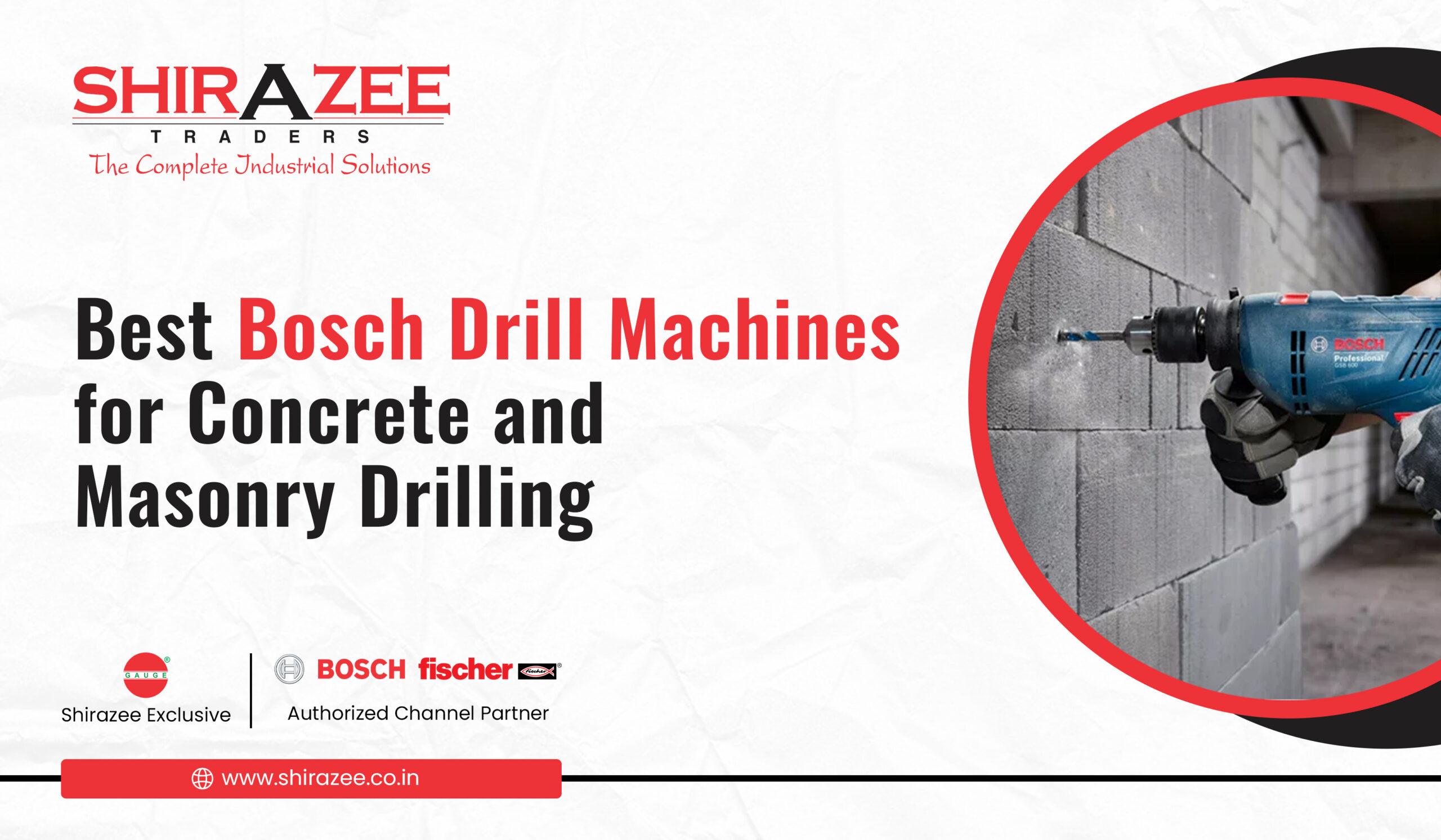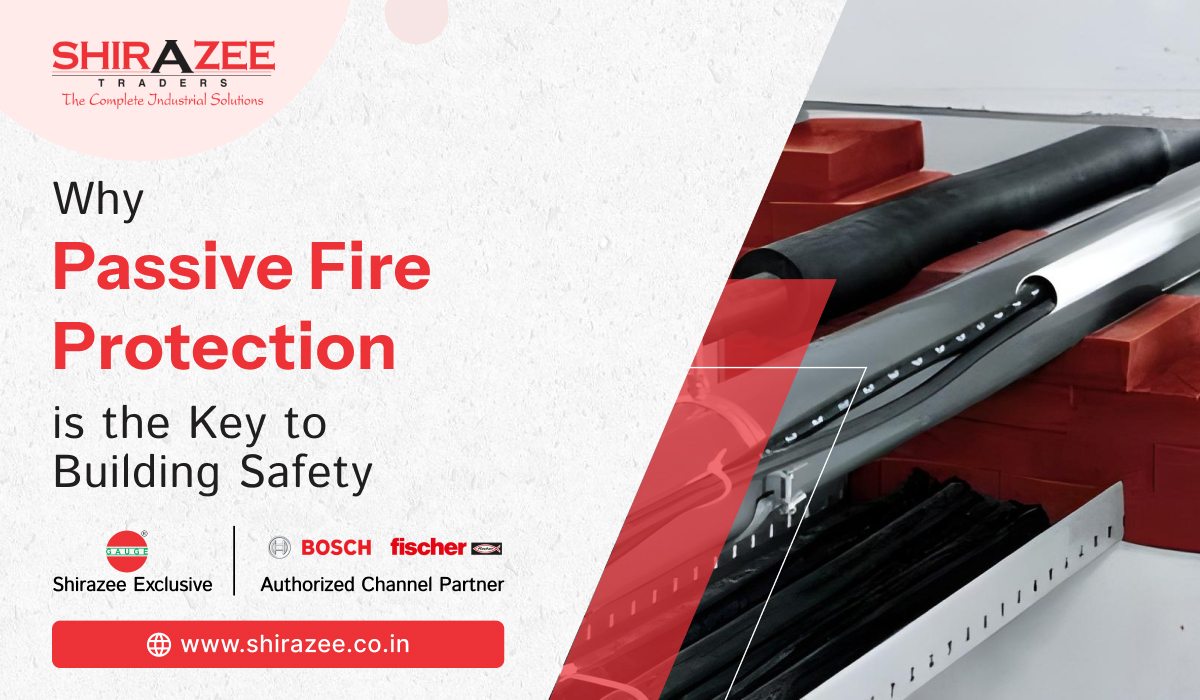
While embarking on a construction project one of the most important aspects to consider is stability of the structure. This is especially critical when dealing with challenging terrains or construction on slopes. Both rock bolts and rock anchors the key terms essential for ensuring the safety and durability of structures. In this blog, we will delve into the distinction between rock anchors and rock bolts and see why choosing the right type of fastener is critical for your project success.
Understanding Rock Bolts
Rock Bolts, also known as tensioned anchors, are the type of fasteners used in mining, tunneling, and civil engineering. The long rods are installed on the rock surfaces to enhance the load bearing capacity of the rocks and prevent instability. They work by being inserted into a hole drilled into the rock, where they are anchored at the end. Once in place, rock bolts exert a force across the rock masses holding it together.
Types of Rock Bolts
1. Mechanical Rock Bolts: These are the simplest types of rock bolts and are fastened by mechanical means at the end of the bolt.
2. Resin Anchored Rock Bolts: These bolts use a chemical adhesive (resin) to bond with the rock, offering a stronger hold.
3. Friction Rock Bolts: These bolts exert outward pressure against the rock borehole walls, creating friction that holds the bolt in place.
Understanding Rock Anchors
Rock anchors, also known as rock anchoring systems, are used to transmit the load of the structure to the rock. They are installed deeper into the rock bed to anchor structures securely and are capable of bearing high loads. Rock anchors are typically used when constructing retaining walls, dams, and slopes where extra holding power is required to prevent structural movements.
Types of Rock Anchors
1. Mechanical Anchors: These use mechanical devices at the end of the anchor to grip the rock.
2. Bonded Anchors: These are cemented into place using a grout that bonds the entire length of the anchor with the rock.
Differentiating Factors of Rock Bolts and Rock Anchors
Installation Depth
Rock bolts are typically installed at shallower depths and are meant to stabilize small to medium-sized rock faces or internal rock structures. In contrast, rock anchors are installed at greater depths to handle larger loads and provide stability over a wider area.
Load Capacity
Rock bolts are suitable for medium loads and are ideal for temporary or permanent support that requires moderate force. Rock anchors are designed to handle much heavier loads, making them suitable for major structures that require significant support.
Method of Force Application
Rock bolts work primarily through the application of tension across the rock face, literally bolting segments of rock together. Rock anchors, however, not only apply tension but also may be used to apply compression to stabilize a structure against a rock face.
Application Areas
Rock bolts are commonly used in tunneling, underground mining, and slope stabilization. Rock anchors find their use in large-scale construction projects like skyscrapers, dams, and bridges where deep anchoring is crucial to ensure stability.
Conclusion
Are you in the midst of planning a major construction project and unsure about the right anchoring solutions? Contact our expert team today to get a consultation on rock anchoring systems tailored to your needs. Understanding the differences between rock bolts and rock anchors is pivotal for anyone involved in the construction industry. Choosing the right type of fastener — whether a rock bolt or rock anchor — depends on the specific requirements of your project, the geological conditions, and the load factors involved. By selecting the appropriate fastening and anchoring method, you ensure not only the safety and stability of your structure but also its longevity.







